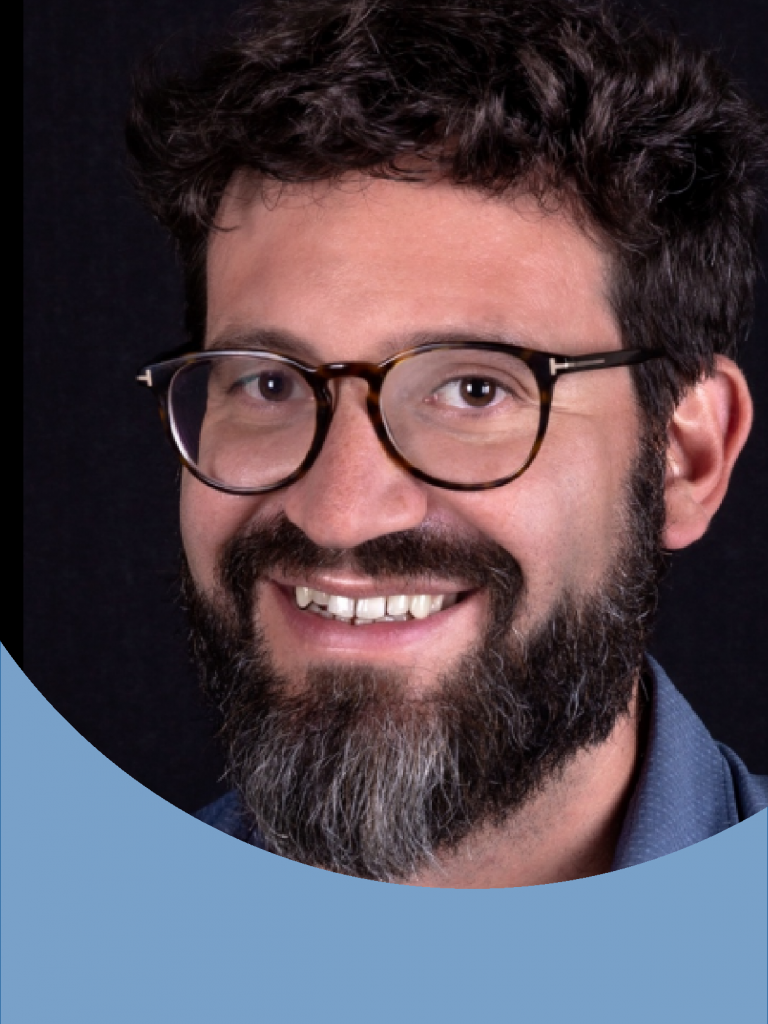About half of the patients afflicted by a stroke permanently suffer from chronic deficits in arm and hand movements. These deficits are not ameliorated by classical physiotherapy and severely affect quality of life. New therapies are urgently needed.
We recently reported on an NIH project with Professor Ojemann from the University of Washington at Seattle, in which we jointly explore a novel neuromodulation approach to tackle this problem with our Brain Interchange implant system. In that project, neuromodulation is aimed at the brain’s cortex, with the goal of inducing targeted neuroplasticity in the surviving cortical tissue to take control over the paralyzed arm.
An alternative approach is to target other neural structures that contribute to controlling hand and arm movements. One such very promising target is the spinal cord, as it is not affected by the brain lesions caused by a cerebral stroke. Within our second stroke rehabilitation project that has now been granted by the NIH, we will try and modulate this structure. Actually, the research team will be the very first to apply neurostimulation therapies to the spinal cord for restoring hand movements after stroke.
The project leader, Professor Capogrosso from the Rehab Neural Engineering Lab at the University of Pittsburgh, explains the scientific background of the study: “Our preliminary experiments had provided first evidence that spinal cord stimulation at the level of the neck could improve arm strength, range of motions and functional abilities. Therefore, we are confident that spinal cord stimulation can be an effective treatment for chronic arm and hand paralysis in stroke survivors. With CorTec’s Brain Interchange system, we now have the technological basis for taking those encouraging results to the next level.
In the first 3 years of the project, we will finalize the necessary validations on the system and obtain IDE approval by the FDA. In parallel, we will perform a short-term clinical pilot study with conventional clinical electrodes to optimize our stimulation paradigms for maximizing the desired effects on arm movement force and dexterity.
This preparatory work will enable us to subsequently conduct the first clinical trial with the fully implanted system in the remaining two years of the project.
If successful, our approach has the potential to induce a paradigm shift in stroke rehabilitation. We can’t wait to see the effects.”
“We have been working for more than a decade on the BIC system”, adds Dr. Martin Schuettler, CorTec’s Chief Technology Officer. “It is exciting to get our work finally come to fruition and see the system perform its magic work in real human patients.
We are especially delighted to undertake this effort together with Professor Marco Capogrosso from the University of Pittsburgh – one of the pioneering institutions in rehabilitation technology and brain machine interfaces. He has gathered an illustrious team of researchers and clinicians from Columbia, Johns Hopkins and Carnegie Mellon University who are excellently prepared to bring this project to a success.”
Disclaimer:
The research reported in this publication is supported by the National Institute of Neurological Disorders and Stroke of the National Institutes of Health under Award Number UG3 NS123135-01A1. The content is solely the responsibility of the authors and does not necessarily represent the official views of the National Institutes of Health.
References:
Grant: NIH BRAIN Initiative Grant #UG3 NS123135-01A1: Spinal Cord Stimulation to Improve Motor Function in People with Post-Stroke Hemiplegia
https://reporter.nih.gov/search/5TJNDV2xSEutKE0sG9yxKA/project-details/10512143
